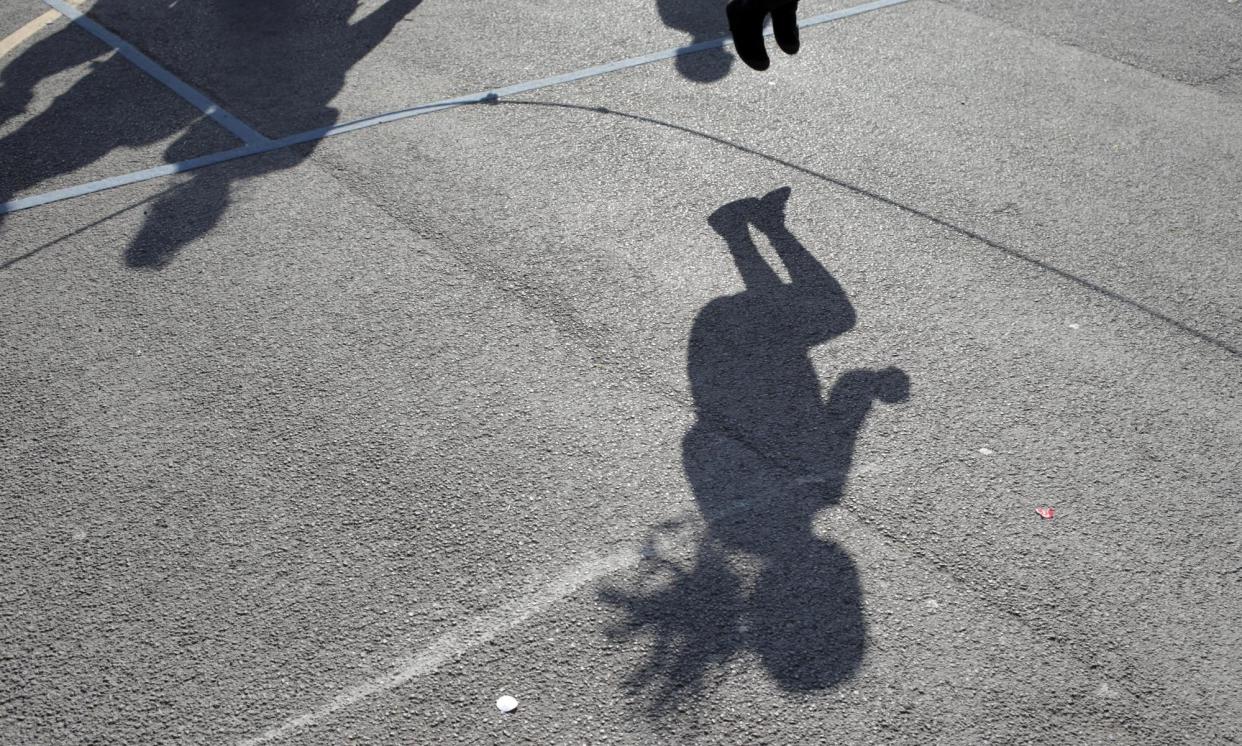Overweight girls ‘more likely to see GP about musculoskeletal problems’

Girls aged between four and 11 who are overweight or obese are more likely to see a GP at least once about musculoskeletal problems than their healthy weight peers, research suggests.
Pupils in reception year who had a body mass index considered overweight were 24% more likely to see a doctor at least once for a musculoskeletal issue while their peers who were living with obesity were 67% more likely to do so than girls with a healthy weight, the study found.
And girls in year 6 with obesity were 20% more likely to see a GP for musculoskeletal problems, while boys with a BMI considered underweight were 61% less likely to do so than children with a healthy weight.
Knee and back symptoms or diagnoses were those most often recorded, according to the findings, which focused on one area of London and are published online in the Archives of Disease in Childhood journal.
Nicola Firman, a health data scientist at Queen Mary University of London and the lead author of the study, said: “There have only been a few longitudinal studies which have explored the association between obesity and musculoskeletal health outcomes occurring during childhood.
“We previously conducted a systematic review, which reported there is a paucity of evidence and it is generally of fair or moderate quality.
“We explore the musculoskeletal health outcomes of children living with obesity during primary school in an ethnically diverse population in the UK, with high levels of childhood obesity and deprivation.”
Among reception year children with at least one musculoskeletal consultation, 46% of boys and 41.5% of girls reported knee pain. Among the year 6 children, the corresponding proportions were 40.4% and 36%.
Among reception year children, 22% of boys and 32% of girls reported back pain, compared with 30% of year 6 boys and 45% of year 6 girls.
Reception year girls with obesity were more likely to see their doctor about a musculoskeletal problem than their healthy weight peers but there was no difference among the boys.
Firman added: “There has been some research in Spain and the US which has reported an increased incidence of back pain among girls, but not boys. But generally there isn’t much longitudinal evidence exploring the link between obesity [and] musculoskeletal health in childhood.”
The sample included primary schoolchildren from four ethnically diverse north-east London local authorities.
Reacting to the findings, Katharine Jenner, the director of the Obesity Health Alliance, said: “Primary school-age children should be running around the playground, not sitting in a doctor’s waiting room in pain.
“The government has an obesity strategy that could change the trajectory for those kids, yet so far it has failed to enact most of it, and the target of halving childhood obesity by 2030 is looking more and more unachievable.”


